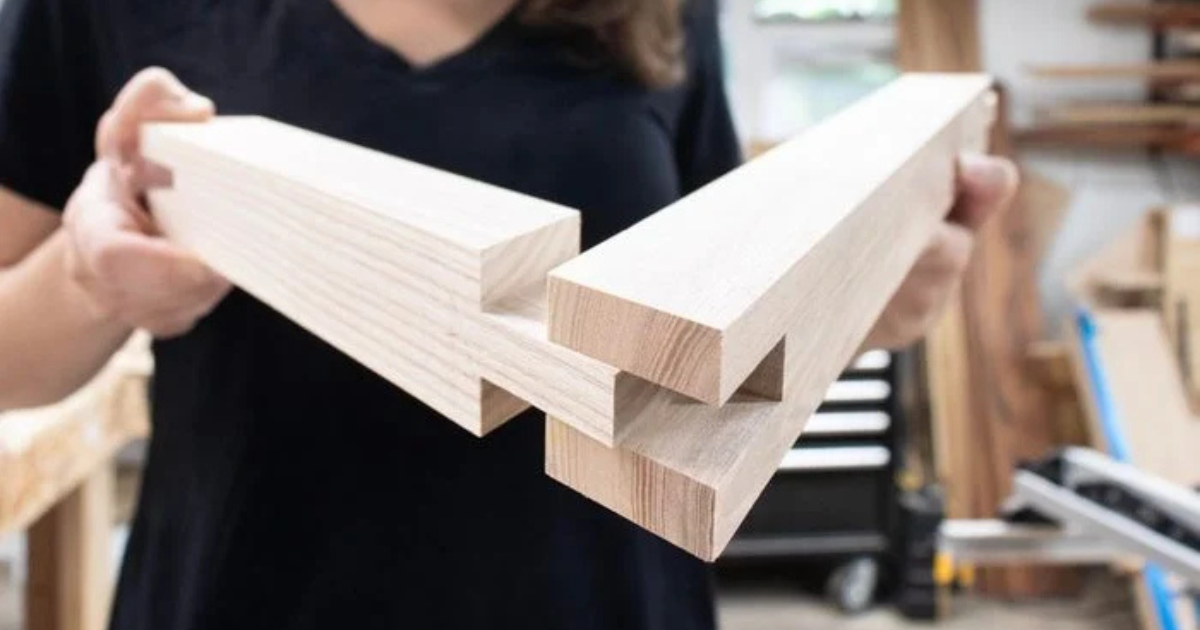Blogs
Types of Joinery That Set High-End Millwork Apart (And Why They Matter More Than You Think)

Most people never think twice about what’s holding their cabinets, shelving, or vanities together until they start to fail. But behind every sturdy drawer and seamless corner is a method. And in the world of custom millwork, that method is joinery.
Joinery refers to the way two pieces of wood are connected. It’s a foundational part of woodworking that plays a huge role in the strength, appearance, and longevity of what you’re installing. If you’re investing in millwork, knowing which types of joinery are used, especially in high-end millwork, can tell you a lot about the quality you’re getting.
At Premiere Custom Millwork & Fireplaces Ltd., this isn’t just a technical step. It’s craftsmanship in action. Here’s what you need to know:
Why Joinery Matters in Millwork
You could have the most beautiful wood and an amazing finish, but if the joints don’t hold up, your cabinetry won’t last. Joinery affects how weight is distributed, how well the unit stays square over time, and how smooth your surfaces remain with use.
For built-in storage, kitchen cabinets, and vanities that see daily wear, proper joinery prevents sagging, splitting, and separation. The difference might not be obvious on day one, but a few years in, it becomes crystal clear.
That’s why Premiere Custom Millwork & Fireplaces Ltd. takes joinery seriously, because long-term quality doesn’t happen by accident.
What Sets High-End Joinery Apart
There are many types of joinery used in fine woodworking. Dovetail joints are often seen in high-quality drawers because of their interlocking teeth, which resist pulling apart. Mortise and tenon joints are strong and precise, perfect for framing and load-bearing pieces. Then you have rabbet joints, dado joints, and mitre joints, all with specific purposes in shelving, corners, and cabinet construction.
What separates high-end millwork from mass-produced cabinetry is the use of strong, well-fitted joints that require more time and skill. These joints don’t rely on cheap metal fasteners or glue alone. They’re cut for friction and form, giving you a product that holds its own for decades.
When you invest in this kind of craftsmanship, you’re getting peace of mind and visible value.
What It Looks Like in Your Home
You might not be able to spot a dovetail joint at first glance, but you’ll feel it every time you open a drawer that doesn’t stick, wobble, or creak. You’ll notice it when your shelving holds up under weight or when your cabinetry doors stay aligned after years of use.
And when it’s time to sell your home, potential buyers will notice too, because custom millwork with traditional joinery looks and feels like a premium upgrade. It shows you chose quality from the inside out.
Choosing Millwork That’s Built to Last
At Premiere Custom Millwork & Fireplaces Ltd, we don’t cut corners, literally or figuratively. When it comes to the type of joinery we use in high-end millwork, we use the one that fits your project best. Our time-tested methods and precision tools deliver products that live up to your expectations. Whether it’s a full kitchen remodel or a single custom wall unit, every joint we cut is a promise of durability and care.
If you want cabinetry and millwork that stands the test of time, let’s talk. We’ll walk you through the design and show you the techniques that make all the difference.
Reach out today to see how the right types of joinery can transform your space into something that feels just as strong as it looks.


